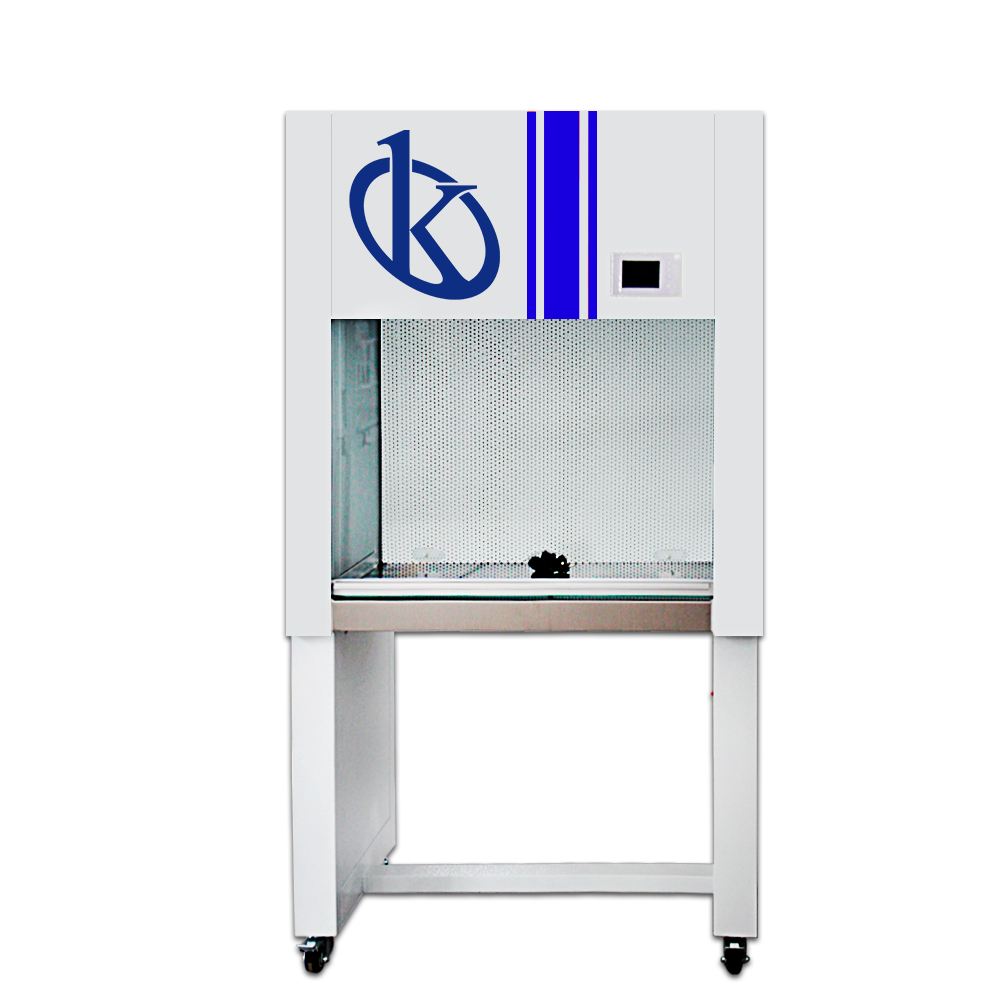Gas extraction hoods are equipment designed for the protection of the user, against chemical exposures and dangerous agents, during the study processes. The protection is achieved by ventilation systems of the interior space, by an air flow caused through an adjustable working principle, avoiding in addition, the discharge of pollutants into the environment. This equipment addresses the need to control dangerous or irritant substances that are usually generated in the air, or released into the local ventilation device itself.
Accordingly, gas extraction hoods are used in chemical laboratories, where the user is exposed to pollutants, hazardous chemicals, etc., since it is an area equipped with the necessary means to carry out research, experiments, practices and work of a scientific nature.
Service of the Gas Extraction hoods
The proper operation of the hoods prevents contamination and risks to the users who operate it, making it necessary and important in the integration of laboratories, as protective equipment against chemical analyzes, to which they are exposed during studies.
These hoods have extraction system, along with their operation through ducts, which certify the efficient performance. Likewise, the incorporation of electronic and safety systems, allow total reliability during handling. In addition to its structure, and the stability of the materials, it obtains a lot of value, for the ability to prevent contact to the pollutant agent, inside the bell to keep them away from the disturbances and the efficiency of the transformation to evacuate them.
In this sense, there are two main types, duct and recirculation, which generally, the principle is the same for both types, and the air is sucked from the front (open) of the box and, after its passage through the filter and the extractor motor, is removed outside the laboratory to a safe place. The outside air enters the room again to compensate for the pressure.
Recommendations for the use of the Gas Extraction Bell
The gas extraction hood, with its important ventilation function, is designed to cope with user protection, as its objective within chemical exposure laboratories, is to:
- Protect the user (extraction hoods, biosecurity cabins and glove boxes).
- Preserve the product or experiment inside it (biosecurity cabins, glove boxes and laminar flow cabins)
- Protect the environment (extraction hoods with recirculation, some biosafety cabins and any other type when equipped with the appropriate filters at the outlet of air flow).
It should be noted that everyone working with a gas hood in a chemical laboratory should be familiar with its use. And according to this, it is recommended:
- Always work at least 15 cm from the bell frame.
- The gas outlet windows of the reactors should be focused towards the inner wall and, if possible, towards the roof of the bell.
- Do not use the bell as a chemical store.
- Take care that the work surface is always clean.
- Lower the guillotine window to achieve a minimally acceptable front speed. It should be placed within 50 cm of the working surface.
- Exhaust hoods should always be in good condition of use.
- The user should not detect strong odors from the material inside. If so, you must make sure that the puller is working.
HoodsExtractora de Gases brand Kalstein
We at Kalstein are trained to enforce the requirements of our users, in terms of the selection of laboratory equipment. We offer you, the Gas System hoods, which has attractive features, such as, Adjustable Air Speed: 9 levels. Microprocessor control system, LED display. Resistant to moderate acids and alkalis. With memory function in case of power outage. Manual front glass window, height adjustable. Built-in PP centrifugal blower; low noise level, easy installation. To learn more about our products, visit HERE.
Come, visit us at HERE

